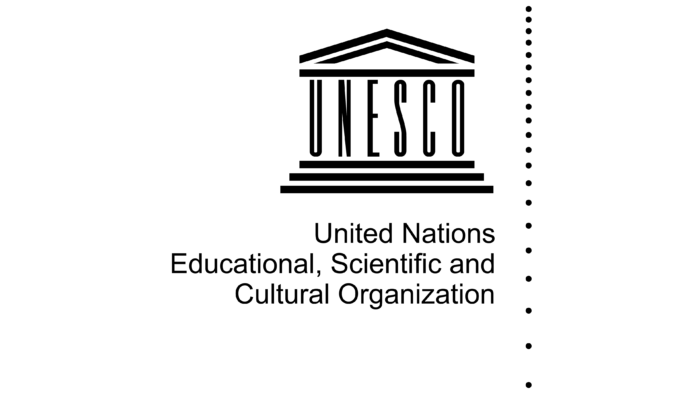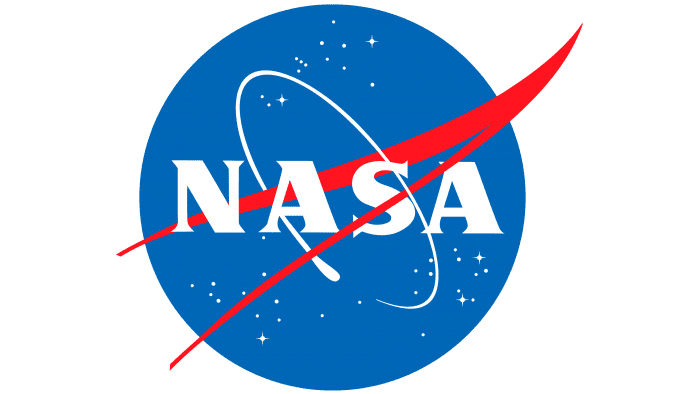Hezbollah’s emblem is very militant because the organization it represents advocates Islamic nationalism and is an anti-Western movement. Its goal was to fight against the Americans, the French, and their allies in order to expel them from Lebanon.
Hezbollah: Brand overview
Hezbollah is a political-military party in Lebanon, a Shiite terrorist group fighting to establish an Islamic regime. Its name literally means “Party of Allah” (a term borrowed from the Quran) and is based on the ideology propagated by the revolutionary leader of Iran. It is, therefore, funded by both Iran and Syria. The movement has three goals: the dismantling of colonial entities, bringing the Phalangists to justice, and the supremacy of Islam. The movement was established in 1982 and is based in Beirut.
Meaning and History
The name of the organization was given by the leader of the 1979 Islamic Revolution, Ruhollah Khomeini, whose ideology formed the basis of this military-political structure. Through it, he promoted the idea of establishing an Islamic regime in Lebanon on the Iranian model. The term “Hezbollah” is borrowed from the Koran and means “party of Allah.” In Arabic, it is spelled “Ḥizb Allāh.” The party’s emblem, like the concepts of Islamic parties, also contains militarized themes, aggression, and a call to protest. These are contrasted with the color green, which in the Muslim world symbolizes life and the beauty of nature.
Lebanon’s political-military party originally used the emblem and flag of Iran in an effort to establish an Iranian-style regime in their country. In the late 1980s, the party developed individual symbols. At first, the new flag was displayed next to the Iranian flag, representing Islam as a whole. In the 2000s, Hezbollah’s ideology focused on armed confrontation with Israel. This was reflected in the emblem: it included texts confirming hostility toward the neighboring country and idealizing the Islamic revolution. Now, both the emblem and the flag of the Lebanese organization are considered extremist.
What is Hezbollah?
Hezbollah is a political-military party based in Beirut, Lebanon. It is an aggressively militant group that fights to expel the Americans, French, and their allies from the country, establish Islamic order, spread the Muslim religion, and bring the Phalangists to justice. Backed by Iran and Syria, the Shiite organization is recognized as a terrorist movement using aggressive methods of resistance. Emerged in 1982, originally as a militia.
1985 – today

The emblem is based on a stylized Arabic inscription in Kufic script. It reads “Hezbollah.” The line حزب الله is arranged horizontally and consists of various symbols symbolizing Lebanese militants. That is, each letter forms a meaningful image. For example, the first letter “L” in the word “Allah” (known as Alif) has the shape of an outstretched upward arm with a clenched fist, inside of which is a weapon that combines features of an AK-47 and an H&K G3. The weapon has a triple meaning:
- First, it symbolizes the leftist ideological views of the party, supporting the violent ideology of the movement.
- Second, the assault rifle conveys the Islamists’ belief in the power of guns against ideologies foreign to them.
- Third, the firearm confirms the militants’ primary goal of violent military action through the death of others.
The emblem also features images of the Koran (a link to Islam), a globe (indicating the worldwide scope of Hezbollah’s activities), a branch with seven leaves, and a minaret (from which the muezzin calls the population to prayer). Above the firearms on the diagonal is a quote from the Qur’an (5:56), which translates as, “Then surely Allah’s party are those who will triumph.” Another text, also in Kufic script, is located at the bottom. This line stands for “Islamic resistance in Lebanon.”
Font and Colors
All the lettering in the logo is in Arabic script with thin, curved glyphs. They have sharp ends and soft curls. Diacritical marks in the form of drop dots and short strokes are also present. This design advertises the militants as righteous and lawful, maintaining their image among the country’s population.
The emblem is colored green, the most revered color among Muslims. It is considered sacred and is often mentioned in the Quran as it is associated with the Prophet Muhammad. This indicates both the political and religious nature of the emblem. The traditional palette of the Islamic world signifies a fertile oasis, renewed nature, and revitalized life, as it is the basis of all living things. It symbolizes prosperity, happiness, abundance, and resilience.






